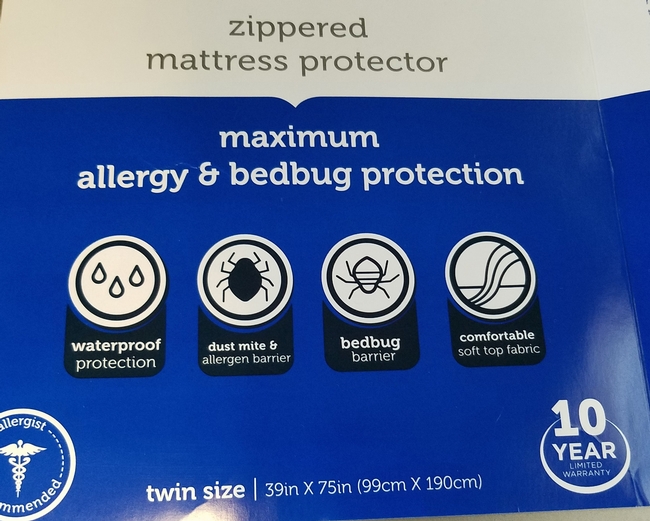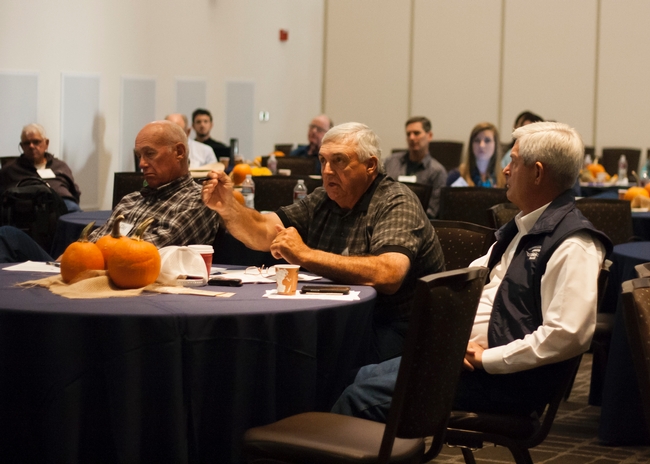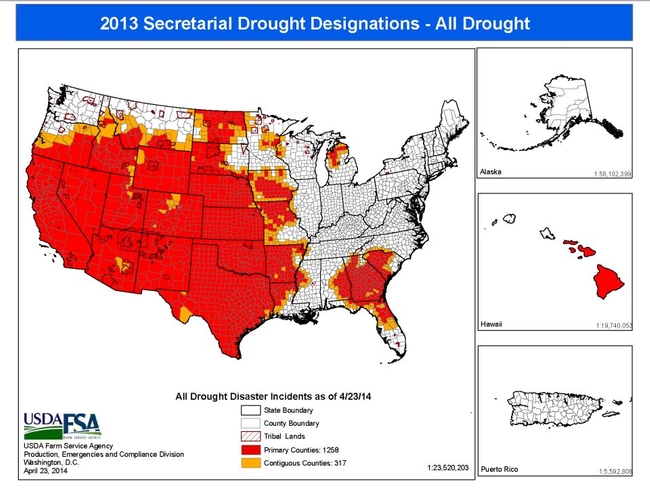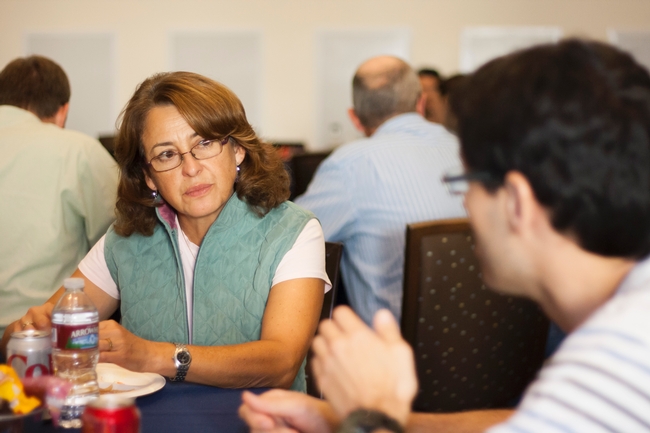
Posts Tagged: monitor
Bed Bug-Free Holiday Travel (Part 1)
Tis the season for holiday travel. As you make reservations for rental accommodations to visit...
Fruit Tree Monitoring for Pests
Stone fruit trees like apricot, cherry, nectarine, peach, plum, and prune are a staple of many...
Do-It-Yourself Bed Bug Control?
[From the Summer issue of the UC IPM Retail Nursery & Garden Center News] Don't let the bed...

4b.Mattress encasement label. (B. Messenger-Sikes
New Video from UC IPM on Pantry Pests!
If you have insects invading your kitchen or pantry, or if you've ever opened stored food...
Drought talk draws ranchers, researchers and climatologists
California's severe drought is entering a fourth year. With that, scientists met with ranchers to give background and gain feedback on a key climate indicator: the U.S. Drought Monitor.
The November 7 workshop held at the University of California, Davis, and webcast to 15 satellite locations across the state posed questions to a panel of experts who help publish the weekly analysis. UC Davis researchers also discussed new findings from in-depth rancher interviews along with strategies for maintaining the nutrition of cattle during the water shortage.
Read the full article at the UC Davis Department of Plant Sciences.
“We learn a lot when times are tough,” said Rick Roberti, a cattle and hay rancher who attended the workshop. “We're never going to have the water we need. So we might as well learn now how to deal with it.”
In 2012, the second year of California's drought, more than 2,500 of the nation's 3,000 counties qualified for disaster loans, due to designations made through the Drought Monitor.
"You see the grass that we had then and the grass that we have now and it's nothing to compare to," says rancher Antonia Suenz of Marysville, California. "The climate is changing."
California state climatologist Mike Anderson showed that only 1924 saw less rain than this year, but 2014 has had far higher temperatures: “So not only are you dealing with lack of water, you're dealing with Mother Nature increasing the demand for what water you have.”
Listen to more of this conversation with Anderson at California Drought Watch.




